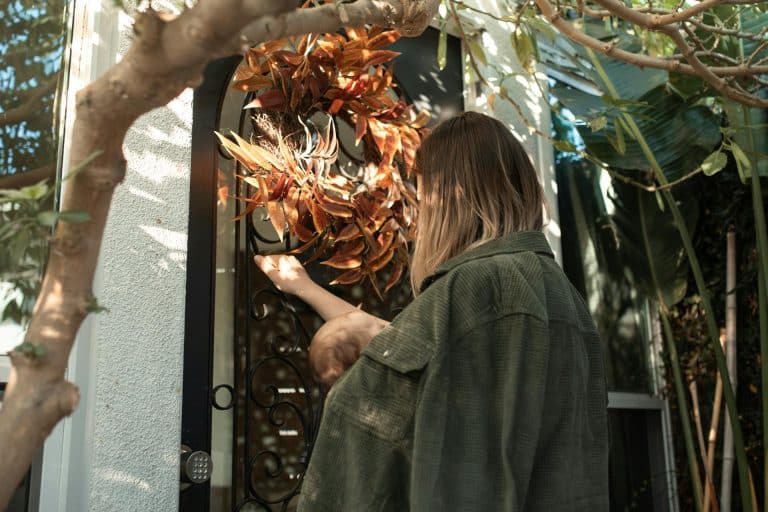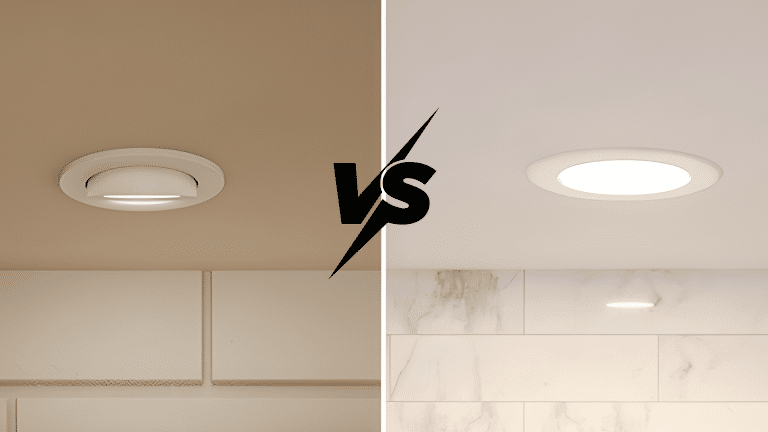A Guide to Fiberon vs Trex: Which Is Better?
Planning a deck project and stuck between Fiberon and Trex composite decking? Both brands dominate the market with nearly identical pricing and similar recycled material composition.
Here’s what most homeowners don’t realize: while both offer 25-year warranties and low maintenance, each brand excels in different areas that could make or break your project.
I’ve compared everything from installation ease to long-term performance, color options to climate resistance.
This guide breaks down the real differences between these top competitors, helping you avoid costly mistakes and choose the brand that matches your specific needs, budget, and local conditions.
Let me walk you through the key factors that will determine which brand works best for your deck project.
What Is Composite Decking?
Composite decking is a man-made building material that combines wood fibers with plastic polymers. This engineered product serves as an alternative to traditional wood decking for outdoor spaces.
The manufacturing process fuses recycled wood particles with plastic resins to create boards that resist common deck problems.
Key Components and Features
- Material composition: Wood fibers, plastic polymers, and binding agents
- Maintenance requirements: Minimal upkeep compared to wood decks
- Color variety: Available in multiple shades and textures
- Installation method: Similar to fastening techniques used for wood decking
Common Applications of Composite Decking
Composite decking works well for residential patios, pool areas, and commercial walkways. The material handles temperature changes better than pure plastic alternatives.
Many homeowners choose composite boards for their consistent appearance and reduced maintenance needs.
The initial cost typically exceeds traditional wood pricing, but long-term savings occur through reduced replacement and upkeep expenses.
Most composite decking products carry warranties ranging from 10 to 25 years, depending on the manufacturer and specific product line.
Trex vs Fibreon: Overview
A comprehensive comparison of two leading composite decking brands, highlighting key differences in durability, aesthetics, maintenance, and climate suitability to help you make the best choice for your outdoor space.
| Feature | Fiberon | Trex |
|---|---|---|
| Founded | 1997 | 1996 |
| Material Composition | 94–96% recycled wood/plastic + PermaTech® cap | 95% recycled wood/plastic + shell cap |
| Product Lines | Good Life, Sanctuary, Concordia | Enhance, Select, Transcend |
| Aesthetic Options | 20+ subtle tones, streaked woodgrain | 20+ vibrant, rich colors with woodgrain patterns |
| Durability | Excellent scratch & stain resistance (premium lines) | Excellent overall durability, especially Transcend |
| Maintenance | Low – occasional soap & water | Low – no sanding/sealing required |
| Price Range (per sq. ft.) | $2.50 – $5.50 | $2.50 – $5.80 |
| Eco-Friendly | LEED-certified; green production process | Diverts 400 M+ lbs of plastic/year; strong green focus |
| Best For | Stylish mid-range decks with great visuals | Long-lasting builds with bold color variety |
Both brands offer similar pricing, material composition (94-96% recycled content), and warranty coverage (25-50 years). Fiberon excels in subtle, natural tones for mid-range projects, while Trex provides bold color variety and proven long-term durability.
Fiberon vs Trex: Which is the Best Choice
Now that you understand what composite decking is and why it’s a popular choice, let’s take a closer look at how companies Fiberon and Trex stack up against each other in real-world performance, aesthetics, and value.
Trex Composite Decking

Trex represents one of the leading brands in composite decking materials. The company manufactures boards using recycled wood fibers and plastic materials. Trex decking products offer resistance to moisture, insects, and rot that commonly affect traditional wood decks.
Trex boards maintain their appearance longer than natural wood alternatives. The material does not require annual staining or sealing treatments.
Installation follows standard decking practices with hidden fasteners or traditional screws. Trex composite decking works well in various climate conditions and provides consistent performance across different geographic regions.
Primary Features
- Brand heritage: Over 30 years of composite decking experience
- Material sourcing: Uses recycled sawdust and plastic film
- Product lines: Multiple collections including Transcend, Enhance, and Select
- Color options: Wide range of natural wood tones and contemporary shades
- Surface textures: Grooved and smooth finish options available
- Warranty coverage: 25-year limited warranty on most product lines
Fiberon Composite Decking

Fiberon stands as a major manufacturer of composite decking materials in North America. The company produces boards from recycled wood fibers and high-density polyethylene plastic.
Fiberon decking offers protection against moisture damage, insect infestation, and seasonal weather changes. Fiberon boards resist fading and staining better than natural wood decking.
The material does not splinter or crack under normal use conditions. Installation requires standard deck-building tools and techniques.
Fiberon composite decking performs well in humid climates and areas with temperature fluctuations. The brand focuses on sustainable manufacturing practices using post-consumer recycled content.
Primary Features
- Manufacturing process: Combining wood particles with recycled plastic materials
- Product collections: Horizon, Good Life, and Paramount series are available
- Color selection: Natural wood tones and modern color options
- Surface finish: Textured and smooth board varieties offered
- Capping technology: Multi-layer protection on premium lines
- Warranty terms: Up to 25-year coverage on select products
Availability: Where to Buy Trex and Fiberon Decking?
When it comes to purchasing Trex and Fiberon composite decking, both brands are widely available through major home improvement retailers, making it convenient for homeowners to source the materials for their projects. Here’s a breakdown of where you can buy them:
1. Trex Decking
-
Lowe’s: Trex products are available at Lowe’s stores nationwide. You can find a variety of Trex decking options, including their Transcend, Enhance, and Select collections. Many stores also offer online ordering for convenient home delivery or in-store pickup.
-
Home Depot: Home Depot carries Trex decking as well, with a selection of different styles and colors. They often have special offers and bulk purchasing options, making it a good place for larger deck projects. You can order online or shop in-store.
-
Direct from TREX: You can also buy Trex decking directly from their website. They provide a full product range, and some regions may offer direct shipping. Direct purchases can also come with additional resources like project planners or samples to help you make your decision.
2. Fiberon Decking
-
Lowe’s: Fiberon products are readily available at Lowe’s. You can browse collections such as Horizon, Paramount, and Good Life. Lowe’s typically offers a variety of color options and frequently stocks the top-rated Fiberon boards for different budgets.
-
Home Depot: Home Depot also carries Fiberon composite decking, including the more popular series like Horizon and Good Life. They offer both in-store and online shopping, with the ability to ship directly to your home or pick up from a local store.
-
Direct from Fiberon : Similar to Trex, Fiberon allows you to purchase their products directly from their website. You can view the full selection of decking, order samples, and explore resources like installation guides and project calculators.
Conclusion
Both Fiberon and Trex deliver excellent composite decking solutions, but your choice should match your specific project needs. Trex wins for proven durability, contractor familiarity, and bold color options. Fiberon excels with natural wood looks, humid climate performance, and eco-friendly manufacturing.
The per-square-foot investment in either brand beats traditional wood maintenance costs over time. Your decision ultimately comes down to visual preferences, local climate conditions, and installation support availability.
Ready to move forward with your deck project? Visit local showrooms to see actual samples in person. Touch the textures, compare colors in natural light, and ask about contractor recommendations in your area.
Which brand feels right for your outdoor space? Share your deck planning questions in the comments below – I’d love to help you make the final decision.
Frequently Asked Questions
Does Fiberon Scratch Easily?
Fiberon offers excellent scratch resistance, especially in premium product lines with advanced capping technology. Normal household use won’t cause scratches, though heavy furniture dragging may leave marks.
Is Fiberon Decking Slippery When Wet?
Fiberon decking can become slippery when wet, similar to most composite materials. Textured surface options provide better grip than smooth finishes during wet conditions.








Does one brand stay cooler to walk on than the other?